Summer is finally here. How's your home project to-do list looking?
It's estimated that over 300,000 homes in Chicago were built before 1919. Today, that likely means maintenance and repair.
Whether you're looking to restore or re-create the historical features of your house or have the do-it-yourself spirit of Joseph and Lydia Schmidt, who renovated the basement apartment at 906 W. Wrightwood Avenue in Lincoln Park between 1946 and 1947, CPL's Special Collections and Preservation Division has resources to help or inspire.
Chicago's flourishing railroads and commercial printing made it the perfect place to manufacture and advertise building materials. Here's a few things we can learn from our Trade Catalog Collection.
Like the big-box hardware stores today, by 1898 wholesale manufacturers like the Foster-Munger Company sold everything from doors and windows to fireplace mantles to decorative ornaments. Their "Fancy Friezes," however, are not to be confused with the cold slushy drinks you'll need if you're installing your own finishes on a hot day.
If you find yourself perplexed by the endless rows of swatches available at paint stores today, you might be relieved to know that there were fewer options in the past. Using the catchy phrase, "The Lead with the Spread," the Carter White Lead Company offered 27 colors with improved "working qualities" in 1922. Unfortunately, the health hazards caused by lead paint were unknown at that time and, ironically, paint produced before 1978 has been the cause for many of our current renovations.
Perhaps you've gotten advice to stick with neutral tones. This trend is not new. Featured in the Heath & Mulligan Prepared Paints catalog is a home painted olive drab with olive trim. The suggested roofing color was Venetian red, which sounds much more exclusive than the common natural pigment it was made from. There have been more exotic color trends in kitchen renovation, however. Veribrite was a popular line of ceramic sinks and countertops in custom colors.
Maybe you want to optimize a small space. Today we look to pocket doors, but in the past, it might have been a pocket bed. The Murphy Door Bed Company patented its first wall bed to tuck into a closet in 1900. The company's catalog included popular floor plans. Don't worry if you need to adjust the walls for these space savers: The precursor to drywall arrived in the 1920s to eliminate the hassle of plaster and lath. Celotex came in easy-to-install panels described as "strong, rugged, weather proofed." This was, and still is, music to the ears of anyone trying to improve comfort and save energy cost during all of Chicago's seasons.
Lastly, let's not forget the importance of "curb appeal," as the home improvement shows stress. There are historical references for this, too. Vases, fountains, garden rails and lawn mowers are among the popular goods.
Come on in and let Special Collections help you discover that vintage wonder. (Ready to get down to business? We also have present-day do-it-yourself manuals.) And feel free to share pictures of your historical Chicago home with us.

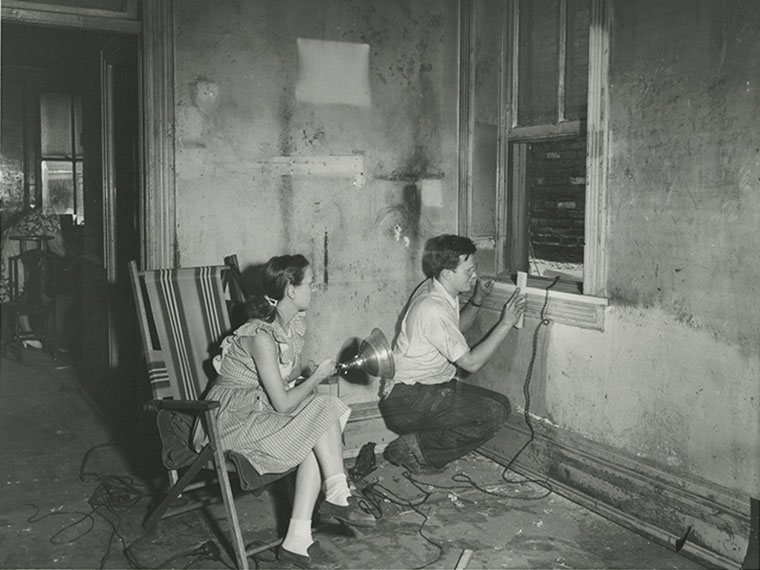
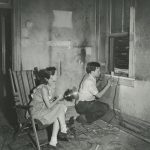


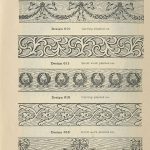
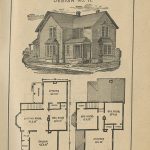


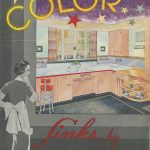






Add a comment to: Historical Home Repair: A Peek at Chicago’s Past